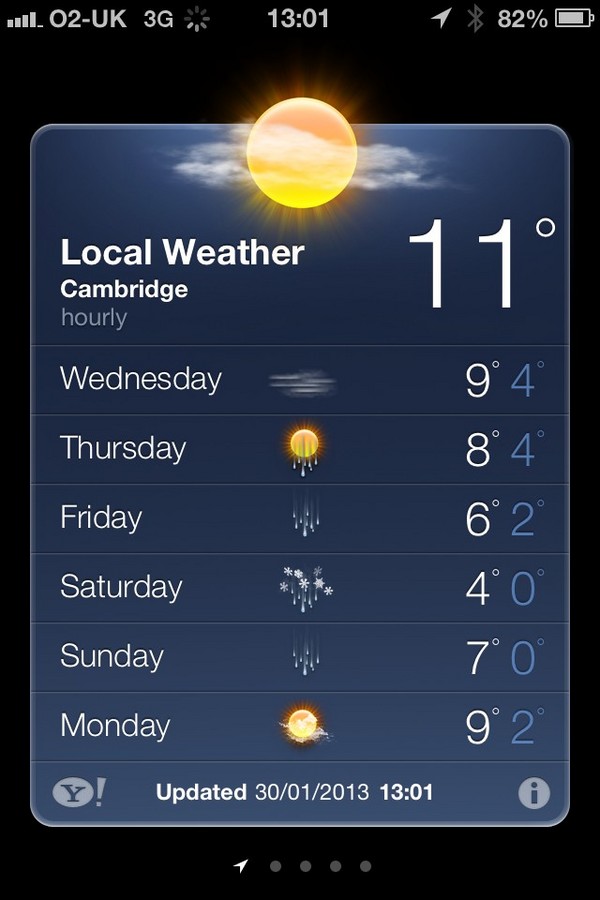The relatively warmer weather tempted me out this morning to glyphosate the extension to my allotment. It is currently lawn and killing the grass before digging will save an awful lot of summer weeding. The App. on my phone suggested that I had seven hours before it rained but it badly let me down as it rained only four hours after spraying, so I didn’t get the desired six dry hours. On the other hand, typical of most gardeners, goodness knows what dose I used but it will have been way above that used by farmers.
Getting rain when it’s not expected is typical of a wet spell. The opposite is also true; the expected rain never arrives in a dry spell. During the very dry three months of spring 2011, my App. always promised rain in four days time! As they say in Norfolk “it never rains in a dry time”.
The continuous wet weather reminds me of the winter 2000/2001 when we also had huge amounts of rain. I also recall the repercussions of that wet winter.
The feature of spring 2001 was widespread sulphur deficiency. This may have been due just as much to the dry spring that year as to the wet winter. It occurred in situations where it hadn’t been seen before.
Luckily, or wisely, we took the decision to apply sulphur to all our trials. This was despite the fact that previously, we only treated the oilseed rape trials with this nutrient. The only trial we didn’t treat was one investigating plant nutrients in winter barley where the application of sulphur would have compromised a couple of treatments. However, we should’ve applied sulphur to it and accepted that we would not get all the information we originally intended. The sulphur deficiency was so bad that the yields from all the treatments were all over the place and we got no useful information at all.
The results of our nitrogen dose experiments in winter wheat were very interesting in 2001. The results suggested that higher optimum doses were not required despite the additional nitrogen leaching and denitrification that must have occurred over that winter. The levels of soil mineral nitrogen in the spring were on the low side but not exceptionally low. Again it shows that soil nitrogen supply is not a great guide to choosing what dose of nitrogen to apply.
The difference between the very wet winters of 2000/2001 and 2012/2013 is that the latter also followed a very wet summer. Waterlogging last May and June resulted in some areas losing a lot of nitrogen to denitrification. Will this mean that we shouldn’t be comparing the experiences of 2001 with applying nitrogen this spring? I’m not sure and I suspect nobody knows but we will always be wiser once we see the trial results from this year!
No doubt there will be a lot of pressure to apply all kinds of trace element treatments to crops this coming season. The usual argument will be used, “why spoil the ship because of a halfpenny of tar?”. The experience of 2001 suggests that there will be no increased risk of micronutrient deficiency, so buyers beware!
Well, it has stopped raining. There wasn’t a great amount and my glyphosate application may not have been wasted after all. I say this in the knowledge that there was research at the Weed Research Organisation that concluded that the activity of glyphosate was actually increased by 0.5 mm of rain shortly after application. Perhaps I can forgive my App.?
